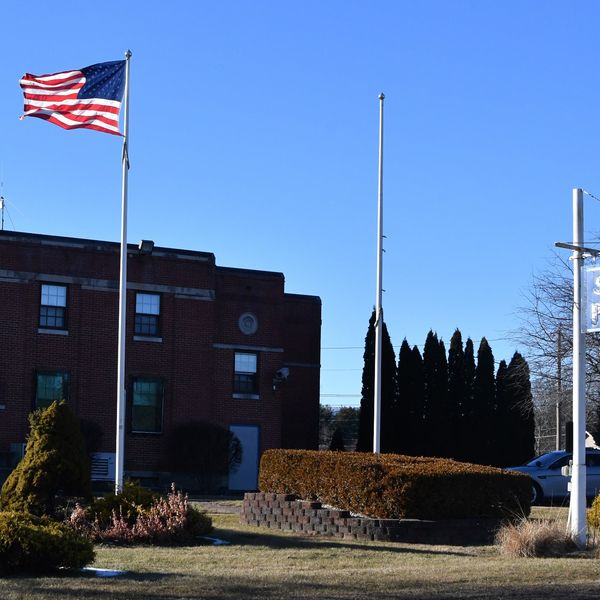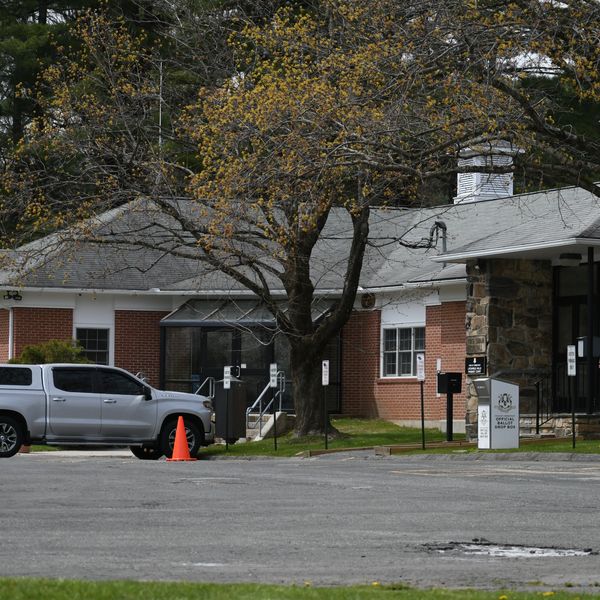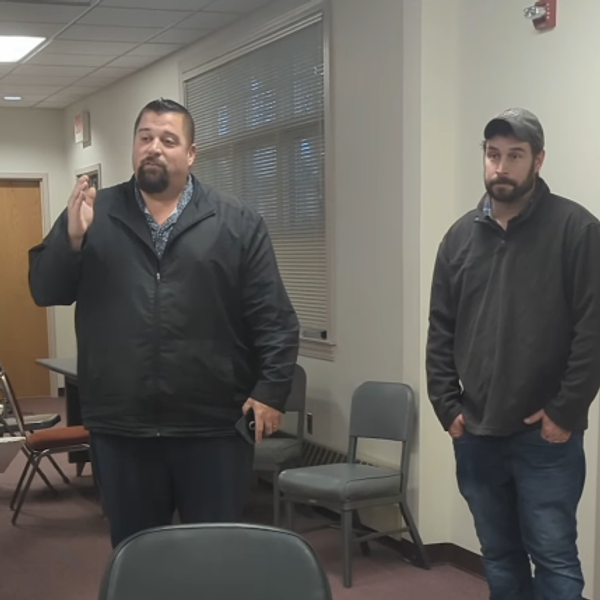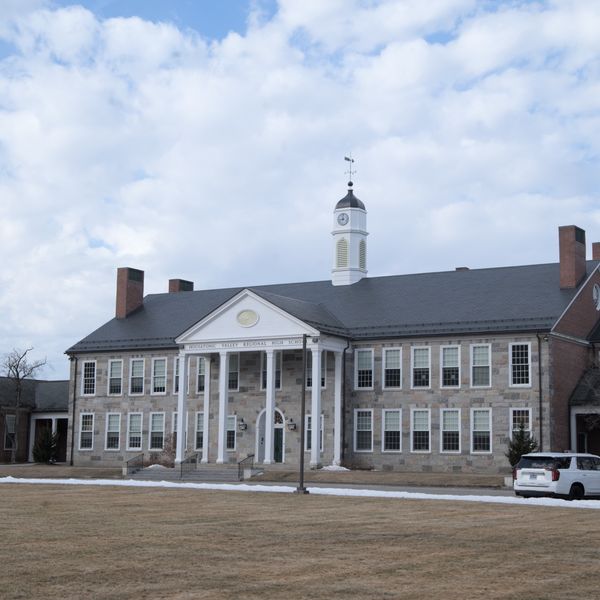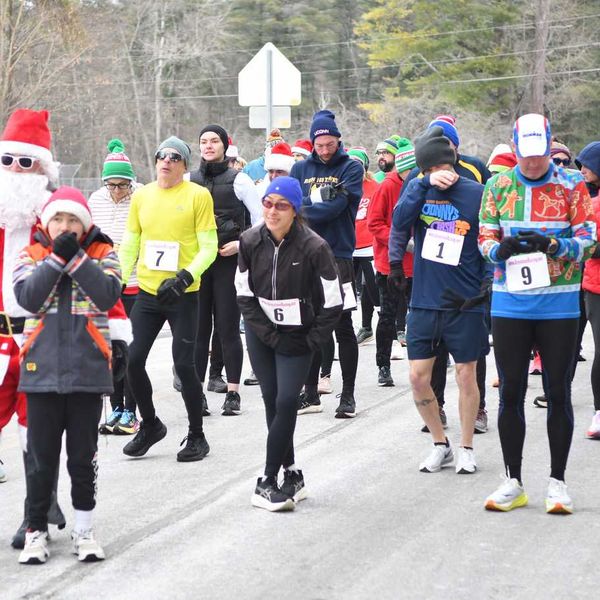Up Close and Personal With the Residents of Falls Village, Conn.

Abigail Horace, photographed by Rebecca Bloomfield for her “Small Town Big Talk” exhibit, which documented residents of Falls Village, Conn., during the pandemic. Bloomfield will discuss her show, currently at the Hunt Library, in an online talk on Saturday, April 10.
Photo by Rebecca Bloomfield
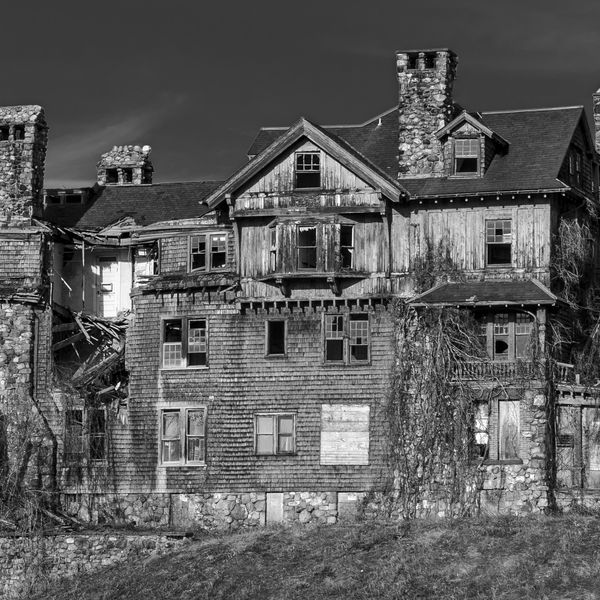
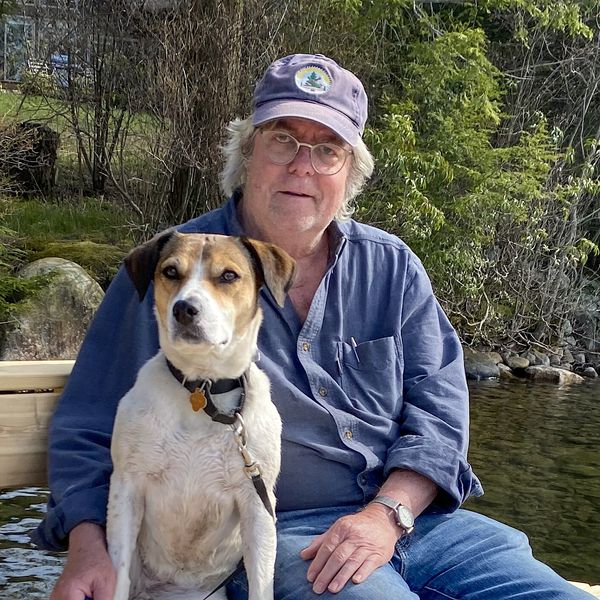
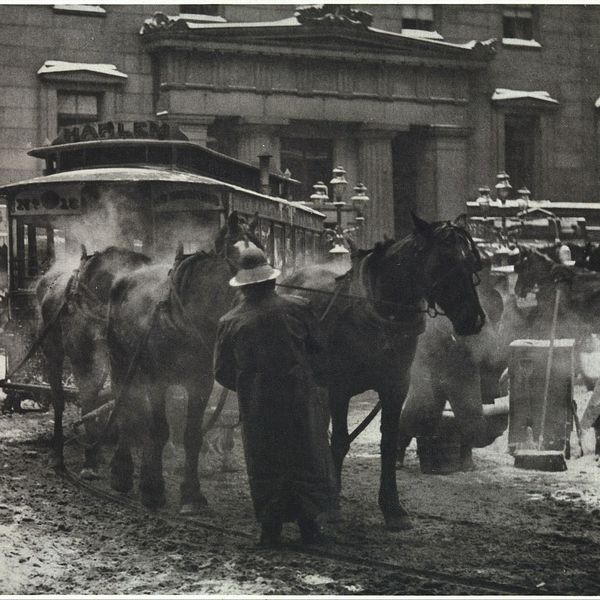
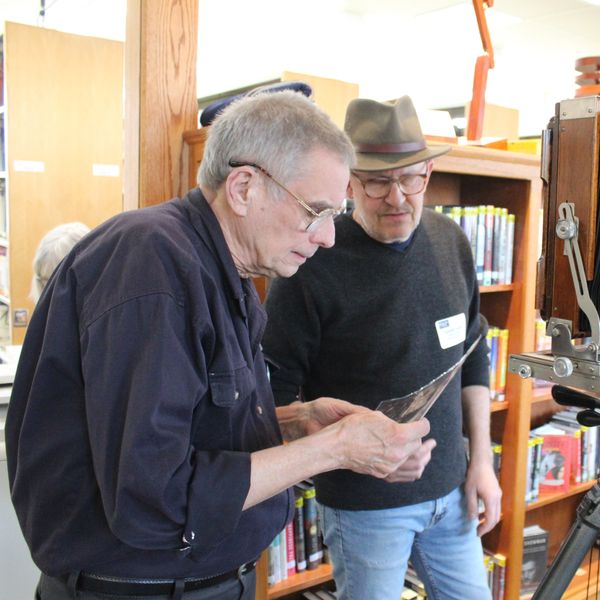

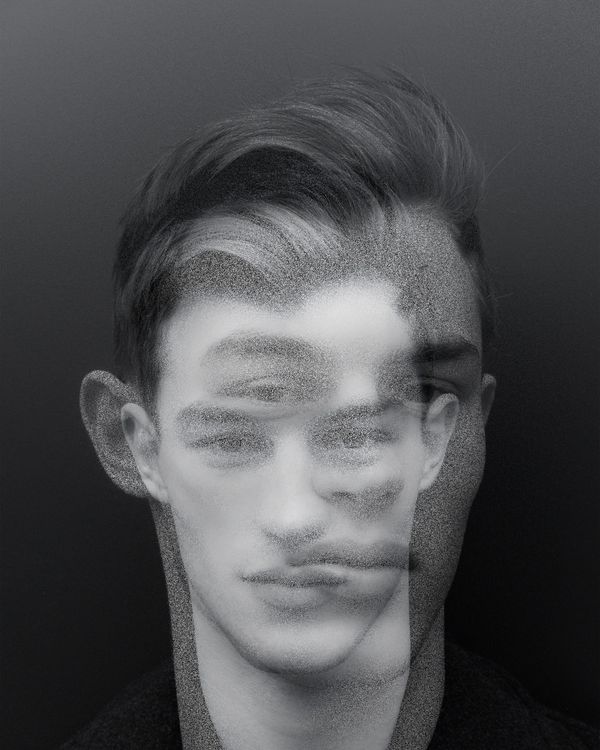
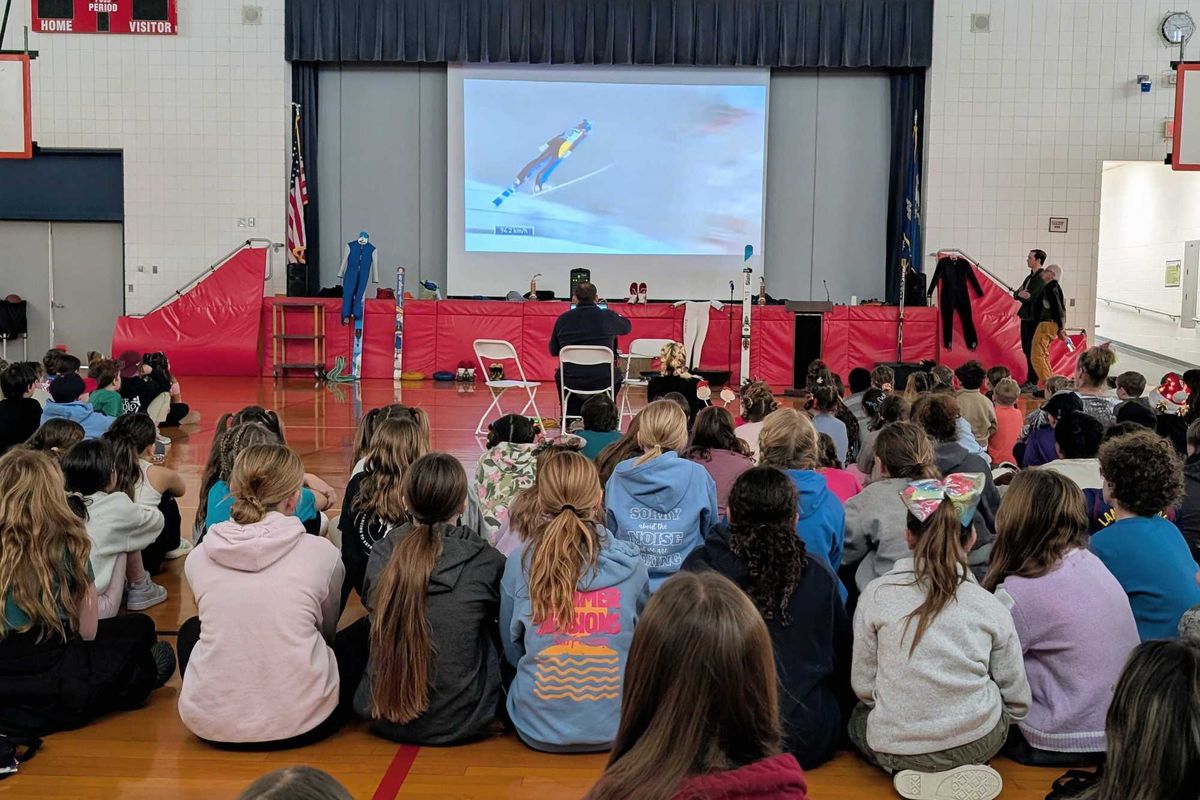
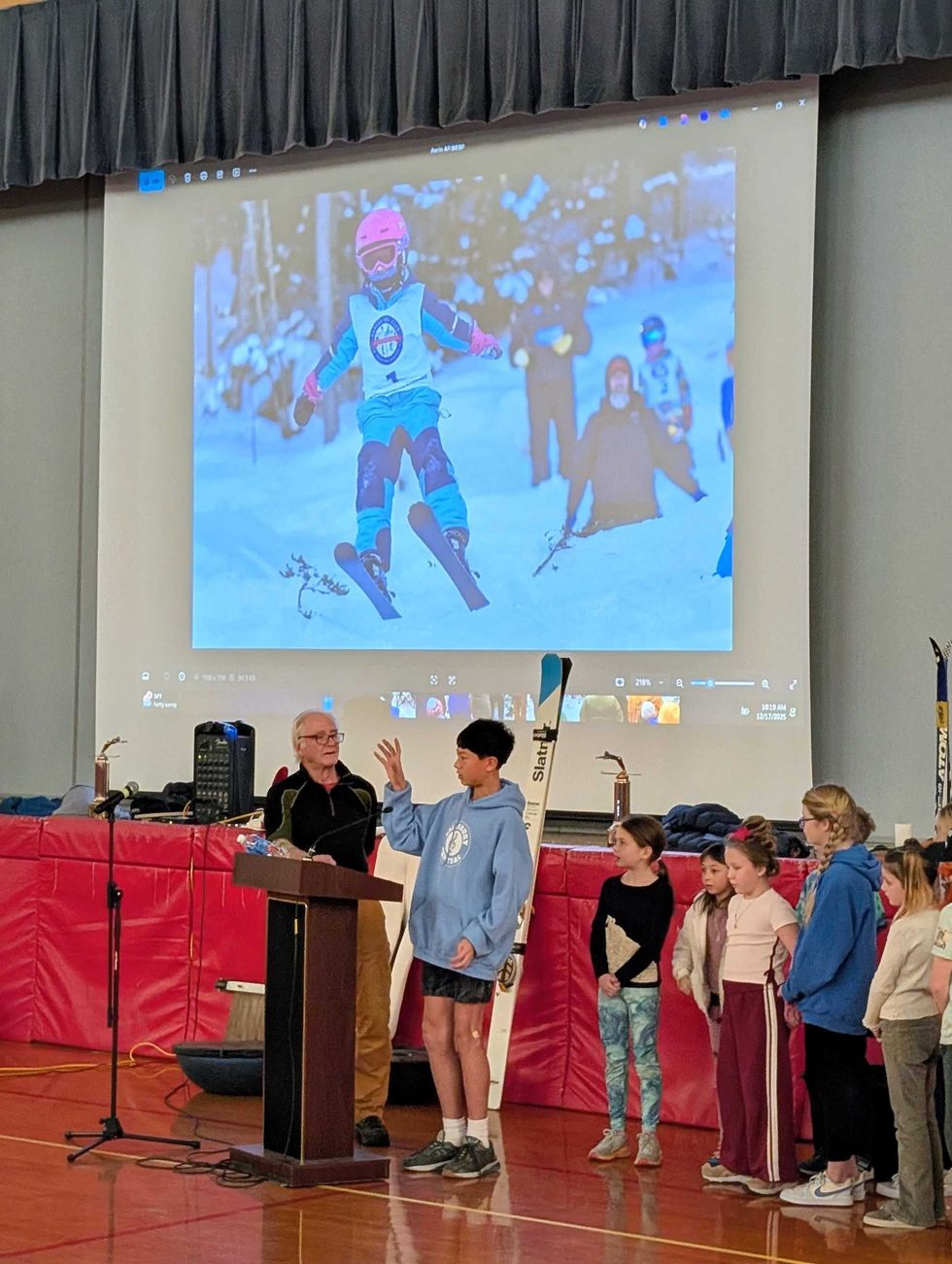 Students at the assembly with Salisbury Winter Sports Association on Dec. 17By Riley Klein
Students at the assembly with Salisbury Winter Sports Association on Dec. 17By Riley Klein 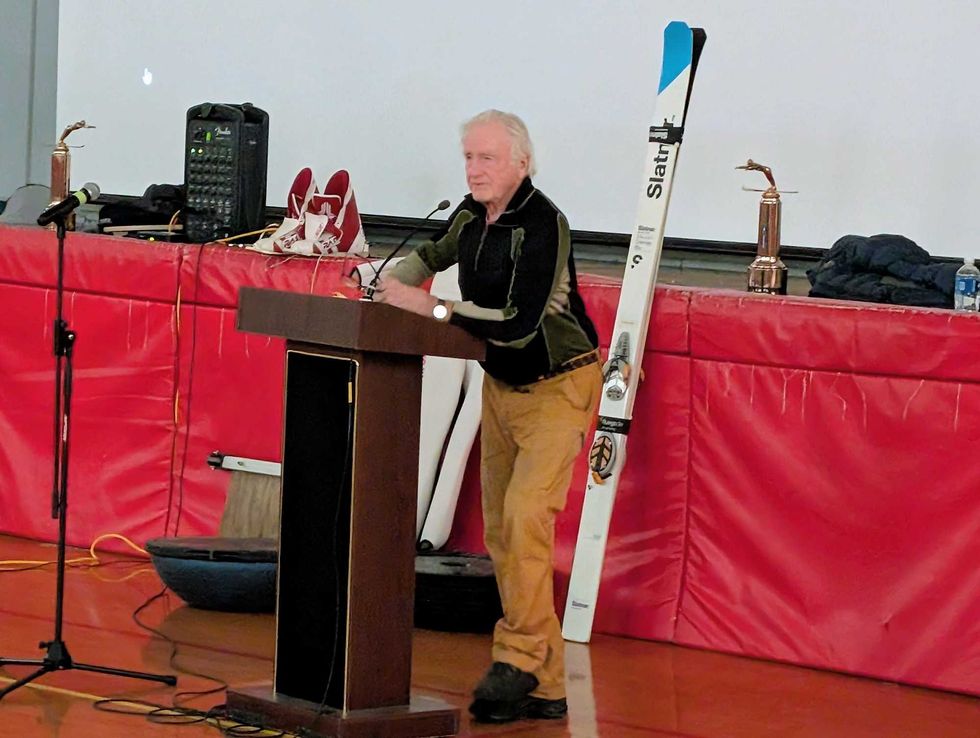 Former U.S. Olympic ski jumping coach Larry Stone, of Salisbury, led the assembly Dec. 17.By Riley Klein
Former U.S. Olympic ski jumping coach Larry Stone, of Salisbury, led the assembly Dec. 17.By Riley Klein 
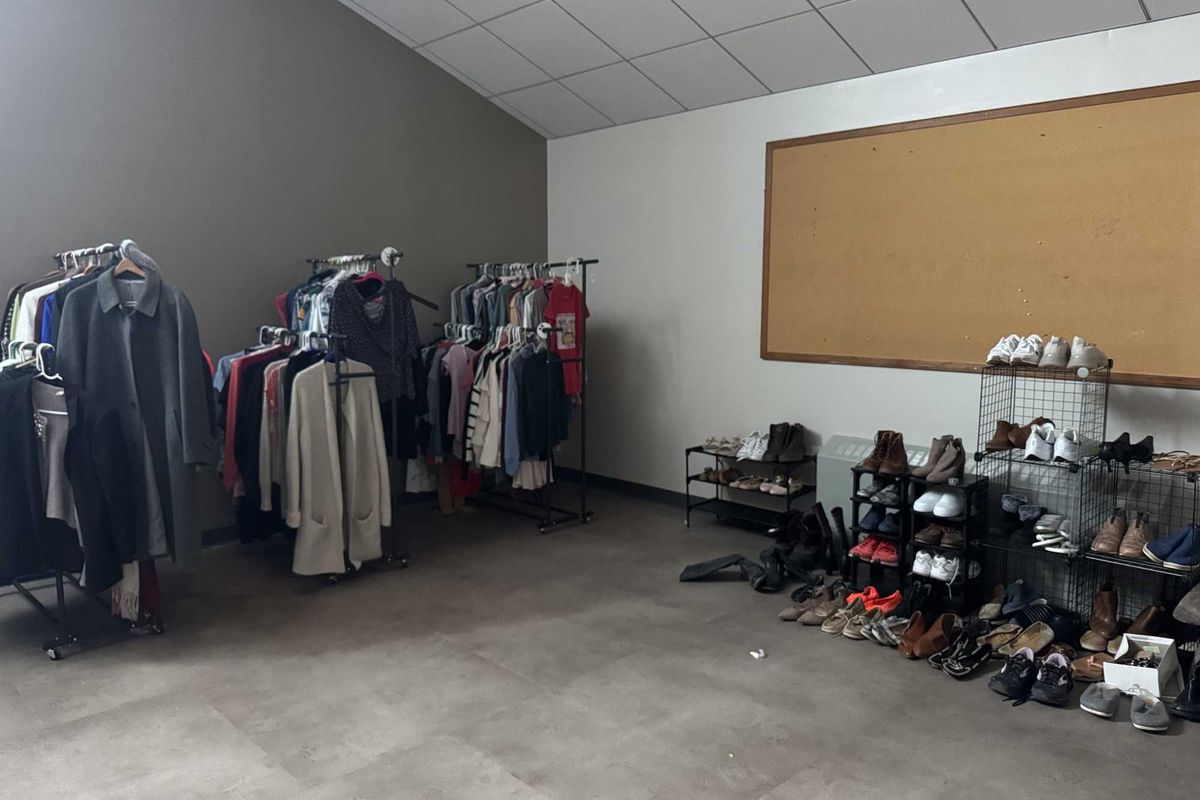

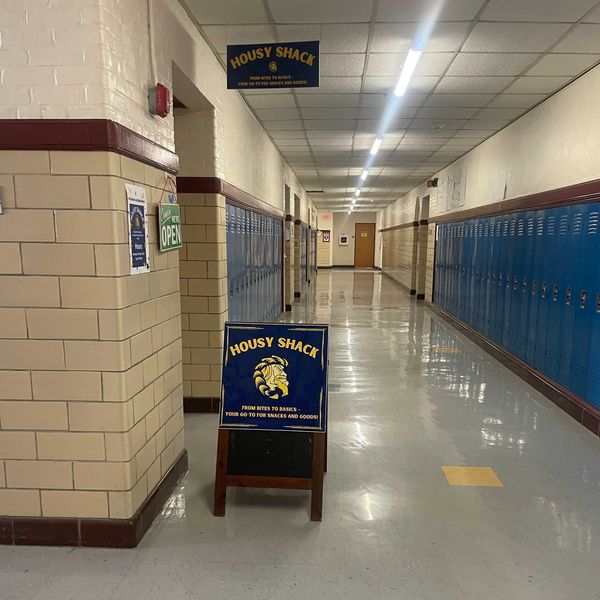 The Housy Shack open sign, welcoming customers in for cookies.Anna Gillette
The Housy Shack open sign, welcoming customers in for cookies.Anna Gillette 